If you want to learn the history of Subaru in America, at least from the late 1970s onward, just visit the car graveyards of Colorado. Right now, the bulk of the Pleiades-badged inventory in such places will be the members of the Legacy family from the middle 1990s through middle 2000s. (Subaru is the Japanese word for the Pleiades star cluster, which Fuji Heavy Industries chose for the name of its car division soon after it rose from the ashes of the Nakajima Aircraft Company after World War II.) This gives junkyard visitors the chance to witness the early years of Subaru as a seller of 100% all-wheel-drive vehicles here. Today’s Junkyard Gem, found in a yard in a Denver suburb, was sold during the last model year in which new American-market Subarus were available with front-wheel-drive.
In fact, the very last members of the long-lived Subaru Leone vehicle family were sold as 1994 models, bearing Loyale badging (and were available that year with old-fashioned four-wheel-drive). The bigger and more advanced Legacy first showed up in North America as a 1990 model, and by 1995 the only Subaru models available here were various flavors of Legacy and the wild SVX sport coupe. 1995 was also the first model year for the Legacy Outback wagon, which went on to become a spectacularly successful model in its own right.
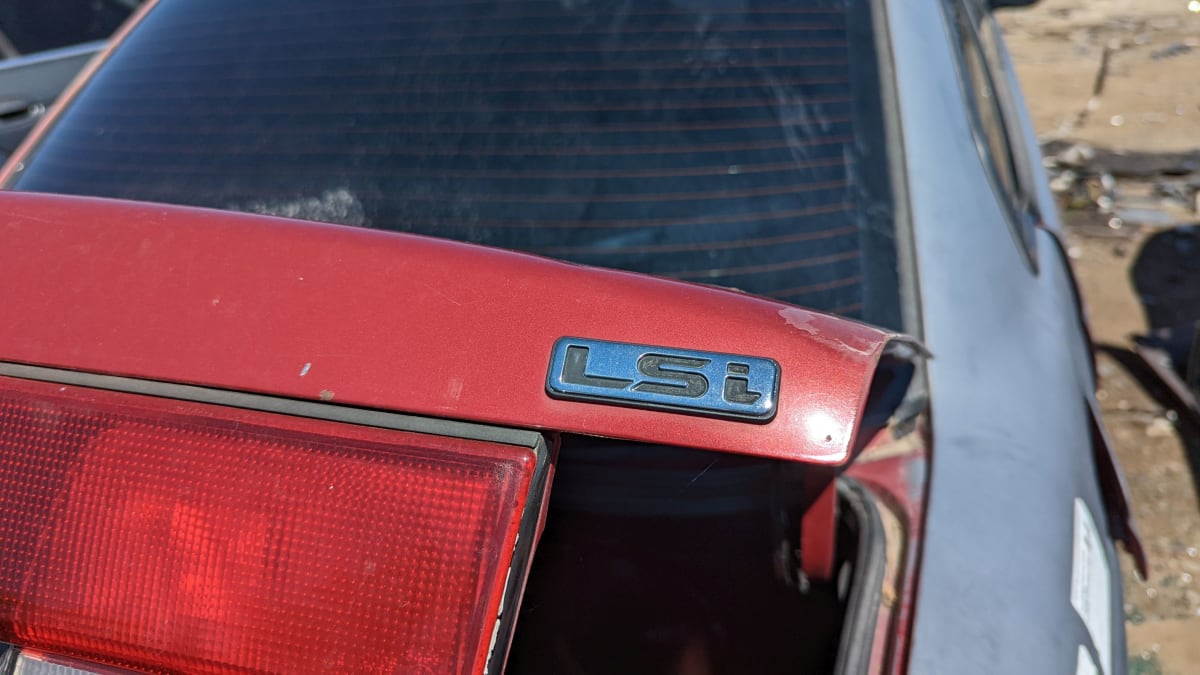
In 1995, the Legacy could be had as a four-door sedan or five-door wagon. The cheapest possible Legacy sedan that year was the base front-wheel-drive model with manual transmission, priced at $14,364 (about $28,992 in 2023 money). For the high rollers, there was the top trim level: the LSi, which listed at $23,620 for the sedan ($47,674 today).
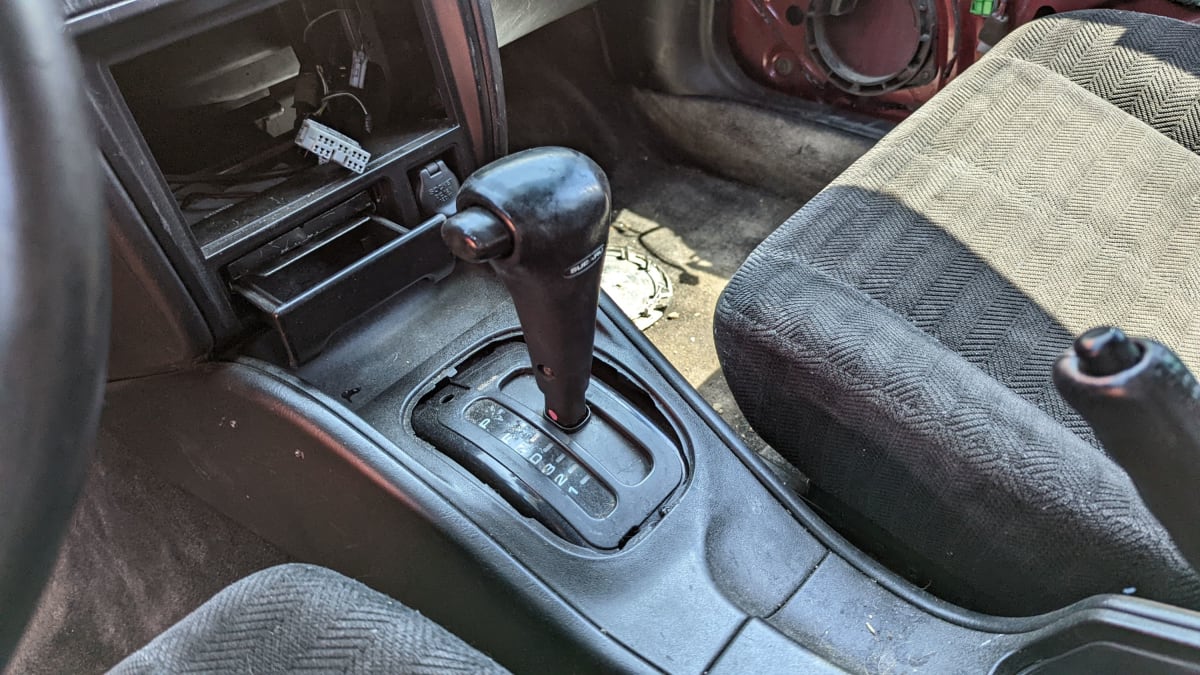
The LSi came with an automatic transmission as standard equipment.
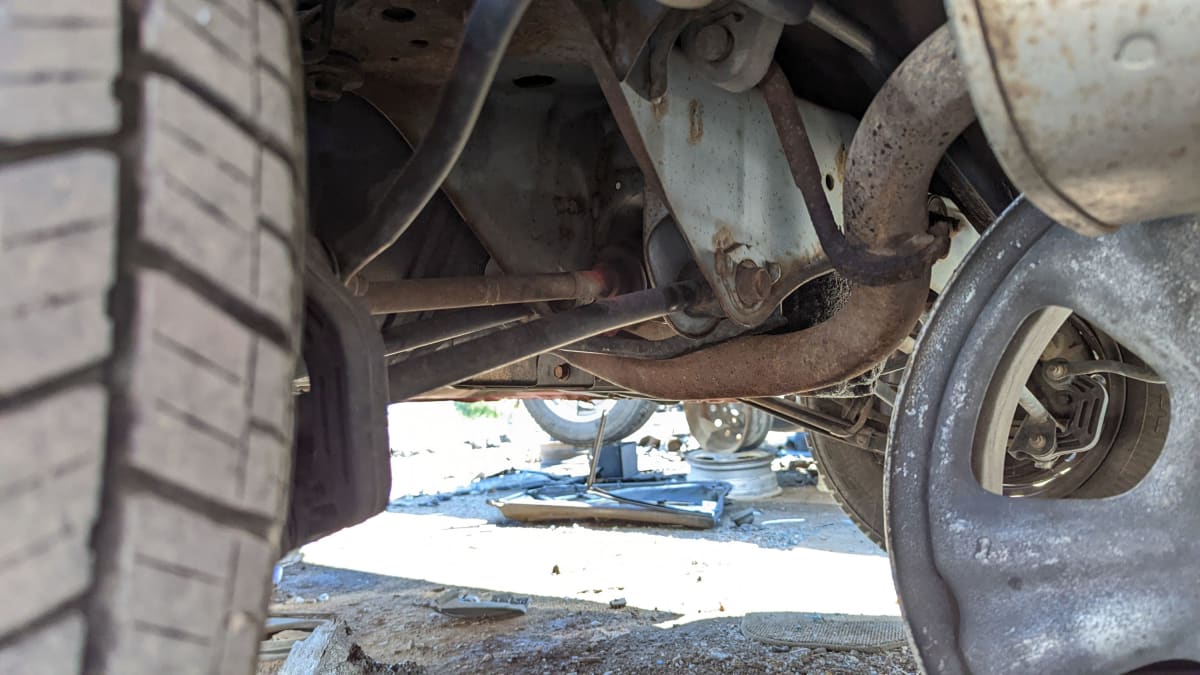
All-wheel-drive also came with the LSi package.
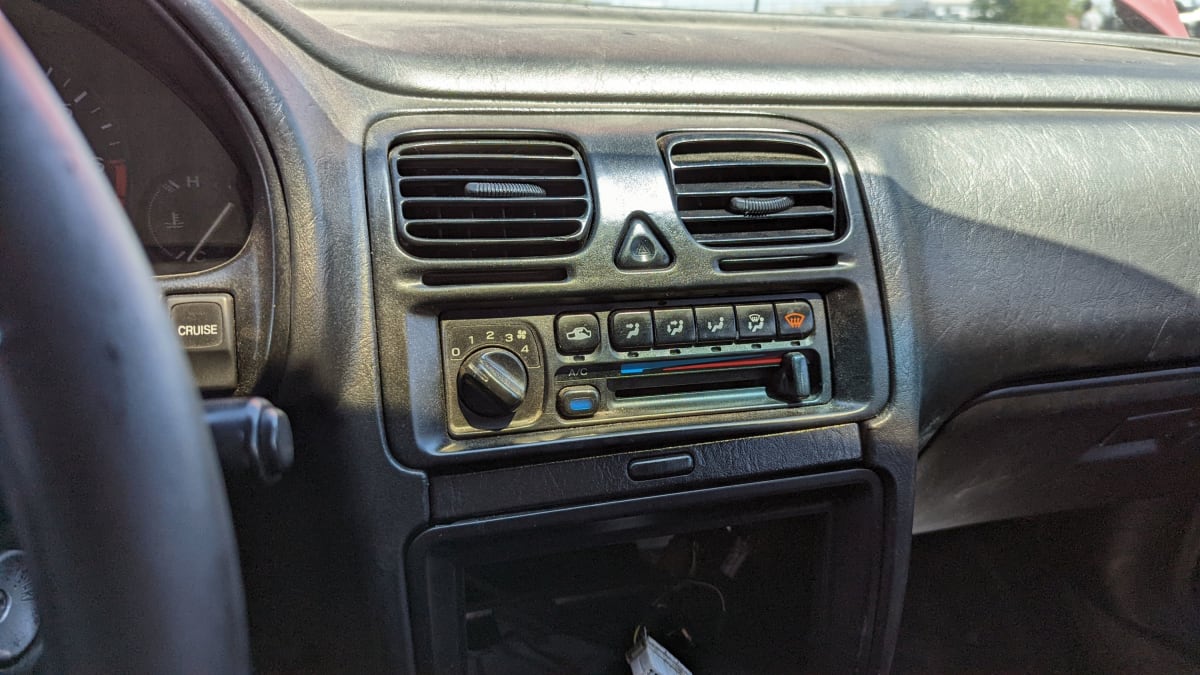
Air conditioning? Check! The LSi came equipped with just about every luxury and convenience option available on the Legacy that year.
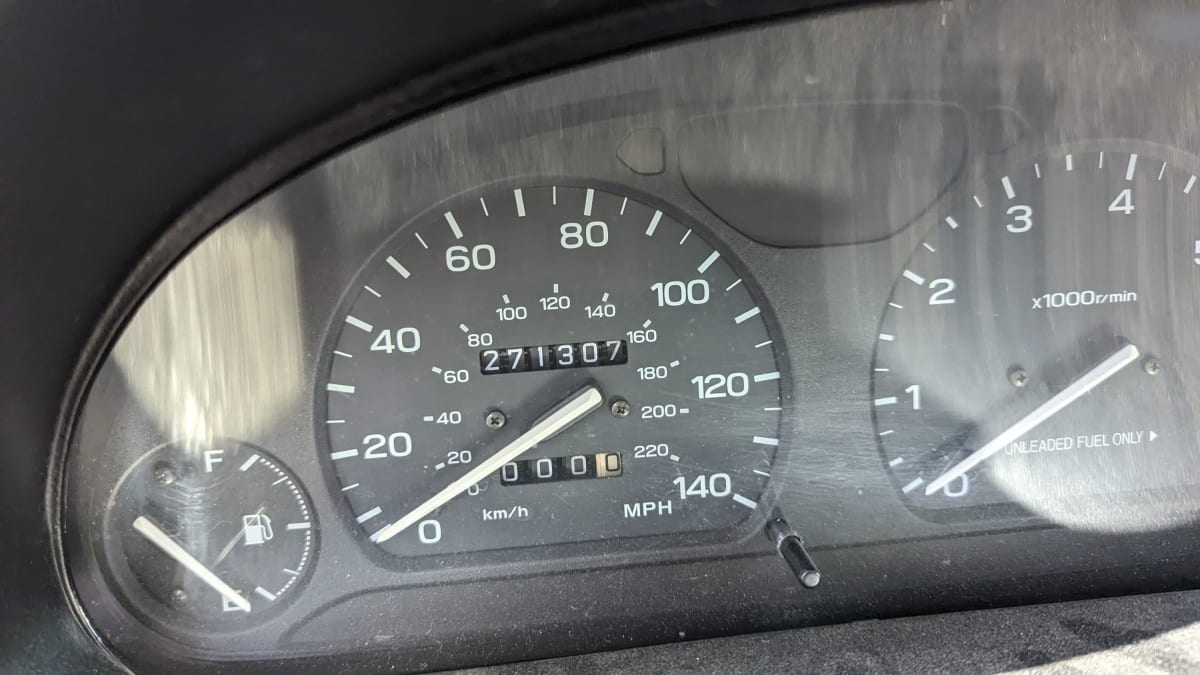
This car got tantalizingly close to the 300,000-mile mark during its driving career. I’ve only found two discarded Subarus that surpassed the 300K figure during my junkyard travels, though I’m sure I could find more by powering up the ECUs of the electronic-odometer-equipped Subarus of the early 2000s.
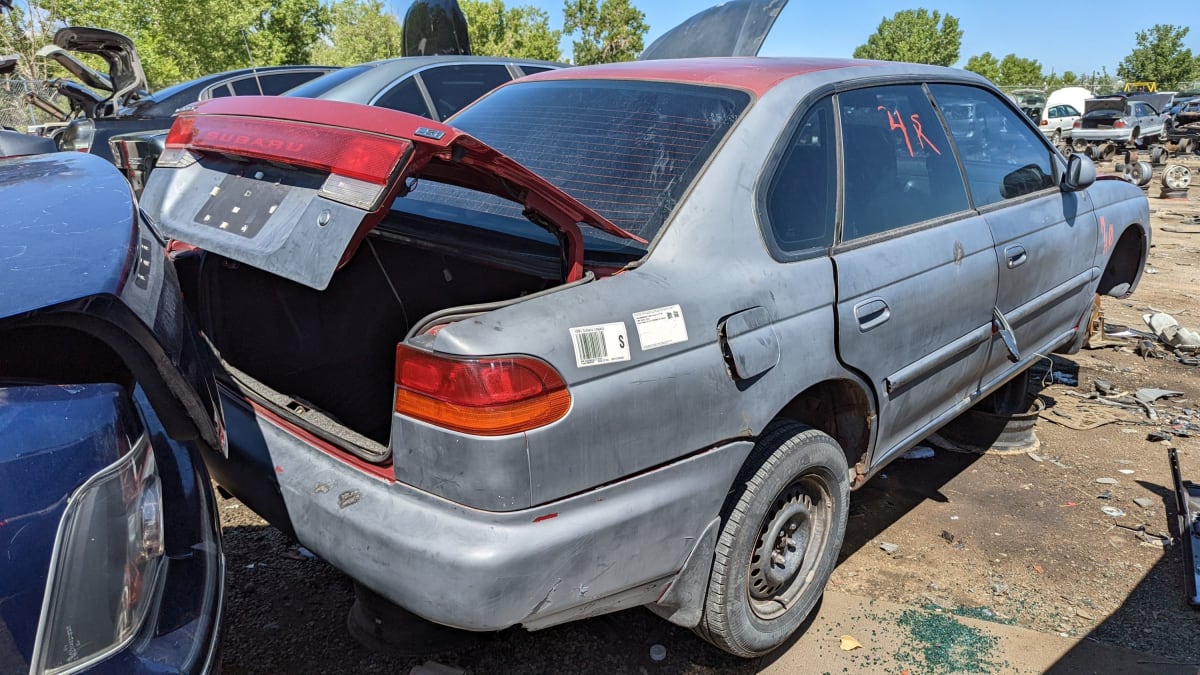
It was in rough shape when it retired, with body panels swapped on from other cars and primer paint giving it a rugged two-tone look.
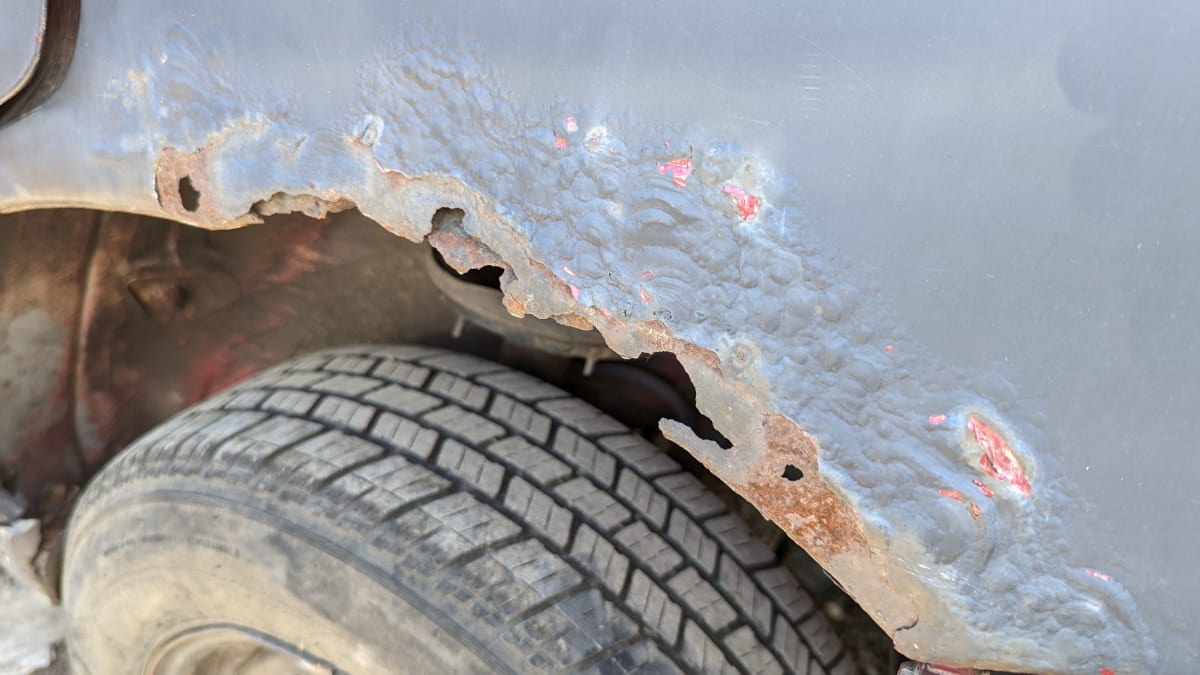
There’s rust, of course.
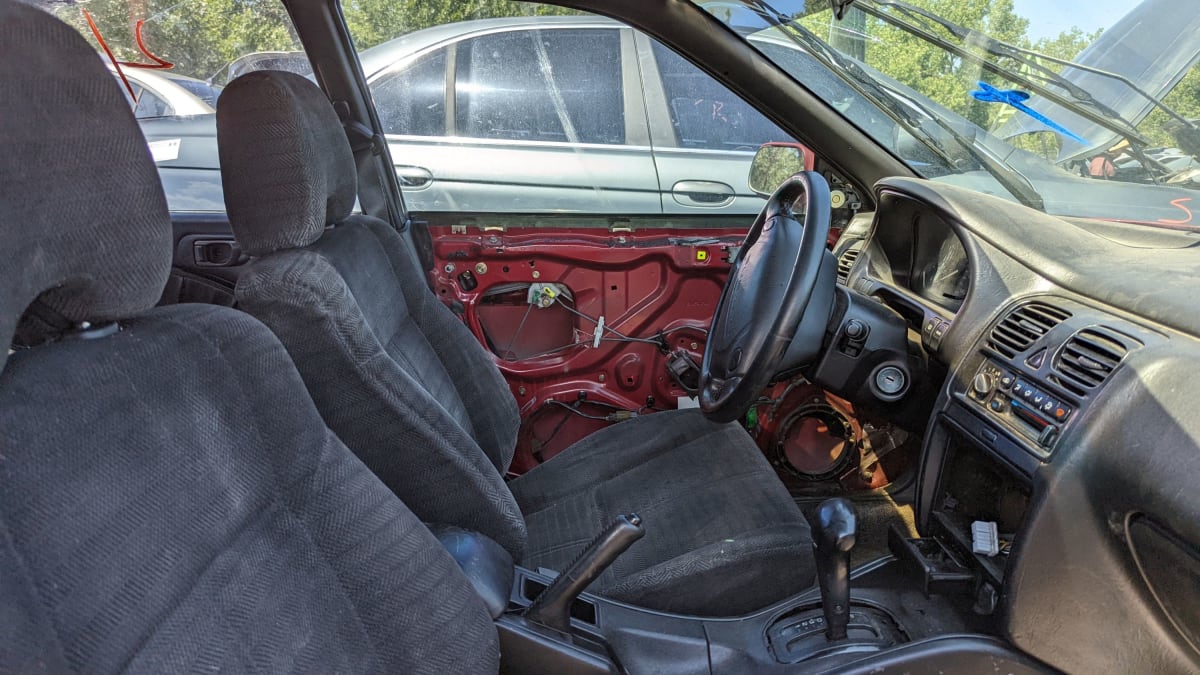
The owner or owners of this car got their money’s worth during its near-30-year career.
Subaru wasn’t bothering with much advertising on the two-wheel-drive Legacy by the middle 1990s.
Get it for the safety!
Read the full article here


